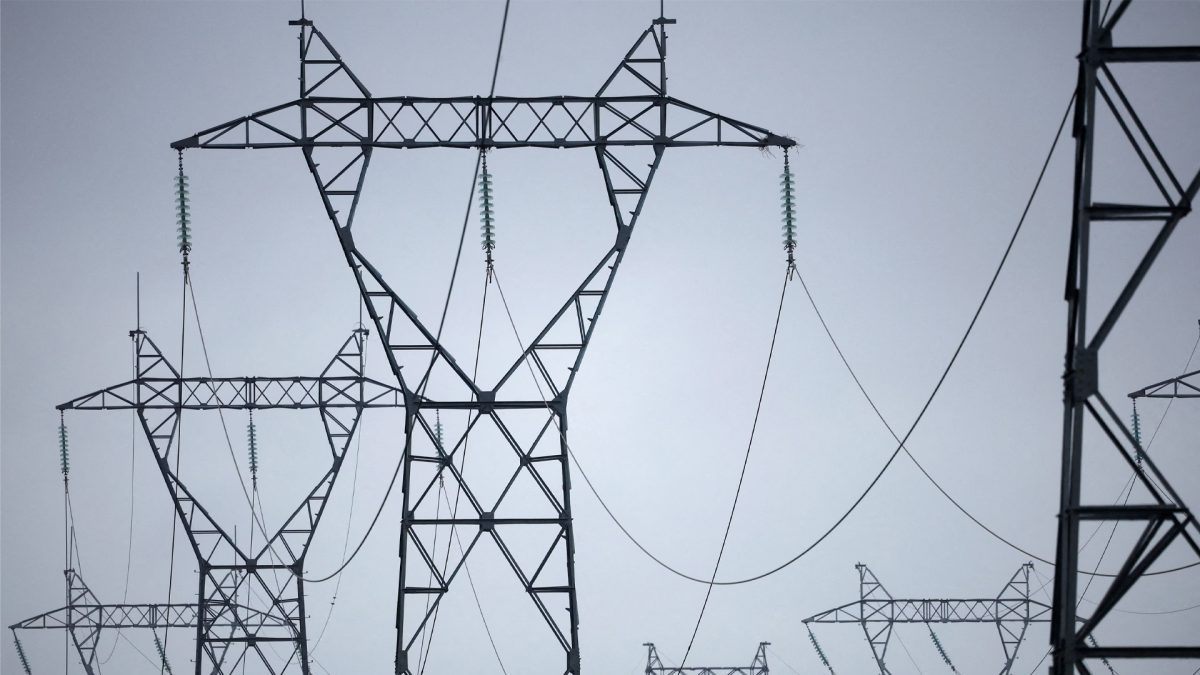The world’s electricity consumption is set to surge by 4 per cent annually through 2027, according to a new report from the International Energy Agency (IEA). This marks the fastest growth rate in years, driven by artificial intelligence (AI), expanding industrial production, increasing air conditioning use, and the rise of electric vehicles.
Last year alone saw a 4.3 per cent increase in global electricity demand, and over the next three years, the IEA predicts an “unprecedented” rise of 3,500 terawatt-hours. To put that into perspective, it’s like adding the electricity needs of an entire country the size of Japan to the global grid every year.
A key concern is that data centres, which power AI models and cloud computing, are becoming unpredictable energy consumers. In China, their share of electricity demand is expected to double between 2025 and 2027, reaching 6 per cent. While much of the additional global demand will come from emerging economies — China alone accounted for over half of last year’s increase — developed nations are also seeing rising consumption after years of relative stability.
DeepSeek’s disruptive impact on AI energy consumption
Amid growing concerns over AI’s power-hungry nature, the emergence of DeepSeek, a Chinese AI startup claiming greater efficiency than its competitors, is adding uncertainty to electricity demand projections.
DeepSeek’s reported breakthroughs have stunned Silicon Valley and disrupted energy market expectations. The startup has managed to develop high-performance AI models at a fraction of the cost typically spent by US tech giants — despite export bans restricting access to cutting-edge chips. Its R1 model, which functions similarly to OpenAI’s systems, even reached No. 1 on Apple’s App Store within a week of launch.
The big question now is whether DeepSeek’s efficiency improvements could curb the massive electricity demand expected from AI-driven data centres. If its models require significantly less power to train and run, previous estimates about AI’s energy footprint could be exaggerated. However, experts caution that efficiency gains might also lead to increased AI adoption, potentially offsetting any reductions in energy use.
A shifting landscape for energy providers and policymakers
The uncertainty surrounding AI’s electricity demand is already making waves in financial markets as well. Share prices of energy companies heavily exposed to AI demand took a hit after analysts questioned whether the US power sector’s aggressive growth projections still hold up.
Jefferies analysts noted that DeepSeek’s efficiency model challenges expectations of skyrocketing electricity consumption in the US, while experts like Arvind Ravikumar from UT-Austin argue that policymakers should reassess AI energy projections before committing to long-term infrastructure investments like new gas power plants.
Meanwhile, the US Energy Department has projected that data centres could account for anywhere between 6.7 per cent and 12 per cent of the country’s electricity consumption by 2028, up from 4.4 per cent in 2023. The wide range of estimates highlights just how difficult it is to predict AI’s true impact on power grids.
While DeepSeek’s breakthroughs have added a new layer of complexity to the conversation, one thing remains clear: AI and data centres will be major drivers of electricity demand in the coming years. Whether the world can keep up — or whether new efficiency gains will shift the balance — remains an open question.
)